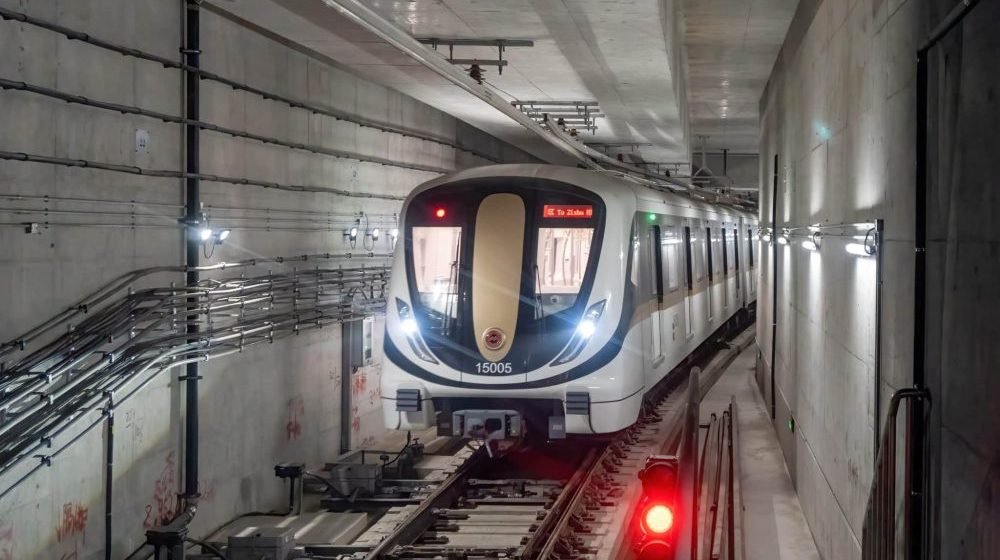To address Islamabad’s expanding transportation needs, the Capital Development Authority (CDA) intends to implement the Light Rail Transit (LRT) system.

To address Islamabad’s expanding transportation needs, the Capital Development Authority (CDA) intends to implement the Light Rail Transit (LRT) system.
The Economic Affairs Division has received a request for funding from the Asian Development Bank, JICA, etc. from the CDA’s planning wing. The Planning Wing came up with a rough concept for this project, but senior officers suggested that a consultant should conduct a thorough feasibility analysis.
Initial research discovered four possible paths:
On the Islamabad Expressway and Faisal Avenue, it is 30.5 km from Rawat to the Faisal Mosque.
Pakistan Monument is accessible from N5, also known as G.T Road, via Srinagar Highway for 13.7 kilometres.
Rawat at T-Chowk is 27.5 kilometres from 26 No Stop on G.T road.
Pirwadhai to Faizabad via IJP road is 10.4 kilometres.
The one-sided nature of the track, which is currently used by Pakistan Railways (PR) for its main traffic, led city planners to abandon the idea.
The planning wing began its preparations on schedule, according to sources, but carrying out the project will be difficult because it needs substantial funding and political stability.
Work on the project’s traffic engineering has started, according to Waseem Hayat Bajwa, a member of the Planning and Design CDA. He claimed that they are optimistic about funding this project and are working with the Economic Affairs Division to do so.
Light Rail Transit system is a form of high-density public transportation that uses electric railroads on a dedicated right-of-way. Municipal officials decided to implement LRT to ease traffic flow in the twin cities and facilitate the general public due to the heavy traffic on Islamabad’s roadways.
The authority has started preliminary traffic engineering work and is in contact with the Economic Affairs Division to secure funding for the Islamabad Light Rail Transit (LRT) project. Electric railways used in LRT’s high-capacity public transport system run on a dedicated right-of-way.
Underground railway systems were first made available to the general public in developed nations like London, New York City, and Tokyo over a century ago. Due to the high volume of vehicles and insufficient capacity of the Bus Rapid Transport System (BRTS), city managers in Islamabad have decided to implement LRT.
During rush hours, major roads experience traffic congestion; LRT can lessen load and travel time. It is a reasonable alternative that contributes to environmental deterioration by increasing air, noise, and fuel consumption.
Despite opposition and challenges, the Prime Minister, a supporter of contemporary transport methods, implemented the orange line metro train project in Lahore successfully.
The Orange Line Metro Train Lahore was first announced in May 2014, but actual construction didn’t begin until 2015 and wasn’t finished until October 2020.
The train line in question uses energy-efficient, fully automated electric trains with a maximum design speed of 80 km/h and double tracks. The train has five 20-meter-long bogies, each with 60 seats, and a 27.12-kilometer total track length. The orange line has 26 stations in total, including 24 elevated stations and 2 underground stations.